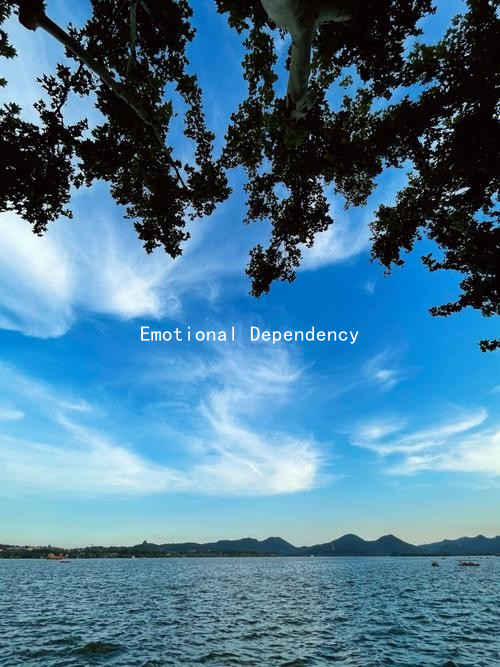Emotional Dependency vs. Healthy Attachment: Finding Balance in Love
In the modern landscape of relationships, the terms emotional dependency and healthy attachment often arise, leaving many individuals confused about the line that separates the two. Understanding the distinctions and finding a balance is essential for fostering profound, fulfilling connections while avoiding the pitfalls of unhealthy dynamics.
Emotional dependency typically occurs when one partner excessively relies on the other for emotional support and validation. This reliance often leads to an imbalance in the relationship, where one person feels responsible for managing the emotional states of the other. Consequently, this can manifest in possessiveness, jealousy, and an inability to function independently outside the relationship. Such dynamics can create a cycle of dependency, where fear of loss or abandonment reinforces the emotional reliance, making it difficult for individuals to establish healthy boundaries.
Conversely, healthy attachment refers to the ability to connect deeply with a partner while maintaining individuality and independence. In a relationship characterized by healthy attachment, both partners feel secure and supported without over-relying on each other for emotional fulfillment. They communicate openly, respect each other’s boundaries, and encourage personal growth. Each partner can enjoy a profound connection, knowing they are valued for their individuality and not just as an extension of the other.
To find equilibrium between emotional dependency and healthy attachment, individuals must start with self-awareness. Understanding ones emotional needs can illuminate patterns of dependency. Reflecting on moments when feelings of insecurity arise can provide insight into whether these feelings stem from a lack of self-esteem or reliance on a partner for happiness. Practicing self-love and building a strong personal identity outside the relationship lays a solid foundation for healthy connections.

Furthermore, open communication plays a pivotal role in establishing a balanced relationship. Partners should discuss their emotional needs and boundaries, promoting a transparent environment where both feel safe to express their concerns without fear of judgment. This dialogue fosters understanding and encourages both individuals to support one another in healthy ways.
Additionally, engaging in activities and fostering friendships outside of the romantic relationship can enhance individual fulfillment. When partners pursue their interests and maintain diverse social connections, it reduces the burden of emotional dependency. Each person can contribute uniquely to the relationship, infusing it with fresh perspectives and experiences.
Setting boundaries is also crucial in maintaining a healthy attachment. Each partner must know their limits regarding time, energy, and emotional availability. By upholding boundaries, both individuals can enjoy the relationship without feeling overwhelmed or consumed by the other’s emotional demands.
In conclusion, achieving a balance between emotional dependency and healthy attachment is vital for successful relationships. By fostering self-awareness, maintaining open communication, pursuing individual interests, and respecting boundaries, partners can build a secure and loving connection. This balance allows both individuals to flourish, leading to a healthier, more sustainable love that thrives over time.





